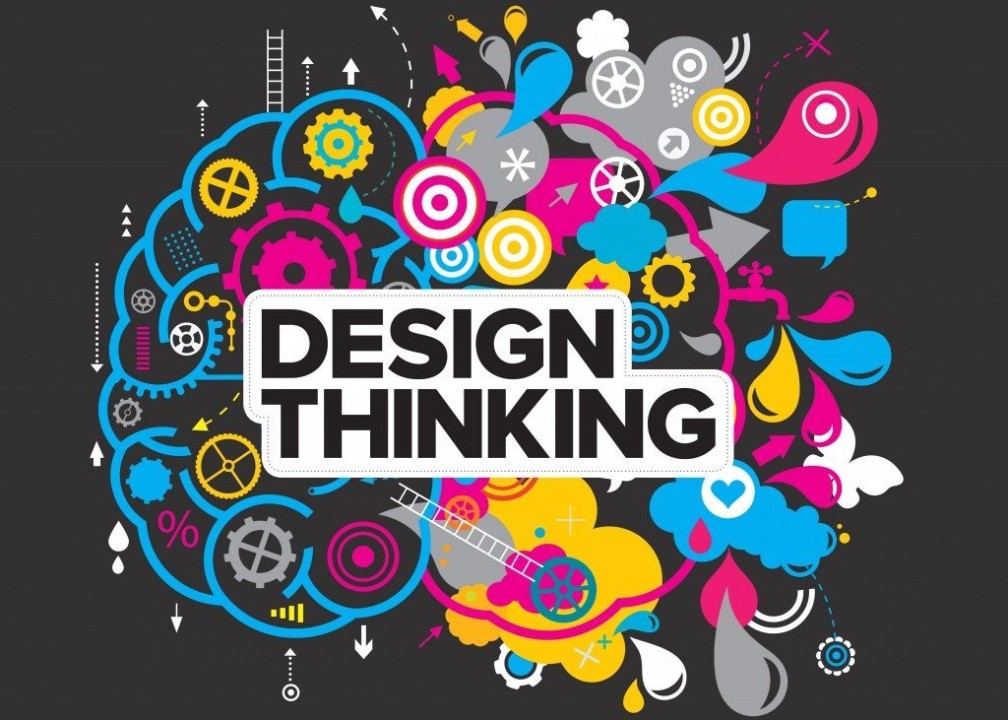At Managed Wisdom, we believe that ideas are only as valuable as the way they are brought to life. In a world of accelerating change and complexity, innovation is no longer a luxury, it’s a necessity. But innovation without direction quickly turns into noise. That’s where Design Thinking comes in.
Design Thinking isn’t a buzzword. It’s a mindset, a process, and a bridge between strategy and execution. It’s how we help organizations move from assumptions to insights, from ambiguity to clarity, from ideas to meaningful impact.
A Human-Centered Approach to Problem Solving
At its core, Design Thinking is about deeply understanding people, their needs, pains, desires, and aspirations. It’s not about building things right; it’s about building the right things. This human-centered approach underpins every advisory service and strategy workshop we run.
Whether the challenge is launching a new product, reimagining a service experience, or aligning cross-functional teams, Design Thinking provides a common language and structure for forward movement.
Different Frameworks, Same Purpose
There are several frameworks under the Design Thinking umbrella. Each has its own flavor, yet they all aim to solve the same core problem: how to move from complexity to clarity and alignment, quickly and collaboratively.
Here are a few we frequently draw upon in our work:
The Double Diamond (Design Council UK)
This model splits innovation into two diamonds:
- Discover & Define (divergent thinking → convergent thinking)
- Develop & Deliver (ideation → implementation)
It’s simple, visual, and helps teams understand where they are in the journey, exploring the problem or developing the solution.
Stanford d.school’s 5 Steps
Empathize → Define → Ideate → Prototype → Test
This classic model emphasizes fast learning through prototyping and testing, reinforcing a mindset of curiosity and experimentation.
Google Design Sprint
Developed at Google Ventures, this 5-day sprint condenses months of work into one week. It’s structured for speed: mapping, sketching, deciding, prototyping, and validating. We often adapt this framework to suit longer workshops or leadership offsites.
LUMA System
LUMA’s toolkit of 36 methods is pragmatic and actionable. It focuses on how to apply design thinking in real teams, across functions. We often bring LUMA methods into our client sessions to create alignment between people, process, and purpose.
Design Thinking in the Managed Wisdom Model
Design Thinking is not a service line. It’s a foundation.
In our business model, it complements and strengthens every other component, from strategic advisory to organizational coaching and innovation facilitation. When paired with Co-Active Coaching, AI-driven ideation tools, or Decision Architecture, Design Thinking acts as the connective tissue that makes strategies human and execution purposeful.
Rather than following one rigid framework, we select and combine methods based on your unique challenge. The goal is not to follow a recipe, it’s to craft a solution that fits your context.
Why It Matters Now
Organizations today face increasing pressure to transform, adapt, and innovate. But most aren’t suffering from a lack of ideas, they’re suffering from a lack of shared understanding and clear prioritization.
Design Thinking helps teams slow down to speed up. It creates the conditions where people think together, move forward together, and own the outcomes together. That’s the Managed Wisdom way.
Let’s Co-Design the Future
If you’re navigating complex change, exploring new opportunities, or simply looking for clarity in chaos, Design Thinking might be the perspective shift you need.
At Managed Wisdom, we don’t just run workshops, we guide transformations. With frameworks that flex, and wisdom that scales.
